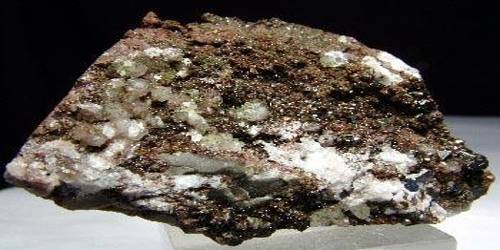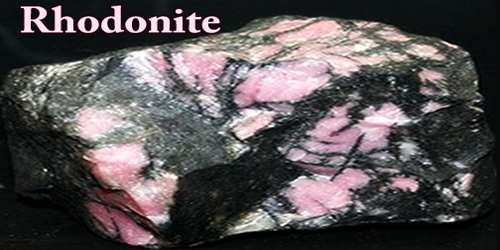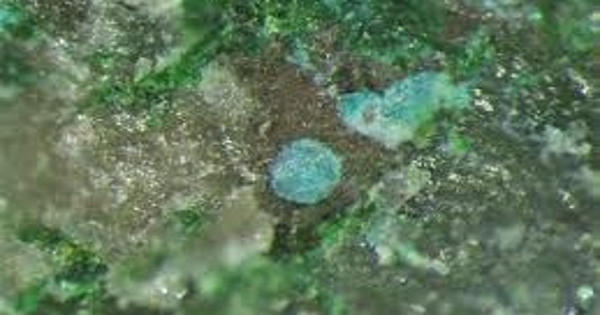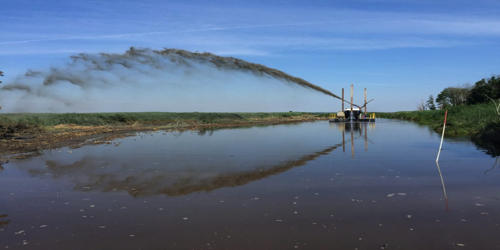Beudandite is a secondary mineral occurring in the oxidized zones of polymetallic deposits. It is a lead, iron, arsenate, sulfate with endmember formula: PbFe3(OH)6SO4AsO4. is a secondary mineral that was first described in 1826 for an occurrence in the Louise Mine, Wied Iron Spar District, Westerwald, Rhineland-Palatinate, Germany. It was named after French mineralogist Francois Sulpice Beudant.
Beudantite is an orange, dark green, yellow, green or brown mineral having transparent to translucent appearance, non-fluorescent characteristic, adamantine luster and greenish yellow streak.
General Information
- Category: Arsenate minerals
- Formula: PbFe3(OH)6SO4AsO4
- Crystal system: Trigonal
- Crystal class: Hexagonal scalenohedral (3m).

Properties
Beudantite is a subgroup of the alunite group. It is the arsenate analogue of the phosphate corkite. This mineral exhibits brittle fractures as displayed by glasses and most of the non-metallic minerals. It can be formed as rhombohedral crystals or platy structures. The average density of the mineral is 4.19 g/cm3, and its hardness is 4.
- Color: black, dark green, brown, yellowish, red, greenish yellow, brown
- Crystal habit: tabular, acute rhombohedral, pseudo-cubic, pseudo-cuboctahedral
- Cleavage: distinct; good on {0001}
- Mohs scale hardness: 3.5-4.5
- Luster: vitreous, resinous
- Streak: grayish yellow to green
- Diaphaneity: transparent, translucent
- Specific gravity: 4.48
Occurrence
Beudantite occurs as a secondary mineral in the oxidized zone of polymetallic deposits. It is closely associated with azurite, cerussite, anglesite, duftite, bayldonite, olivenite, pharmacosiderite, arseniosiderite, dussertite, mimetite, scorodite, and carminite.
Information source:
















